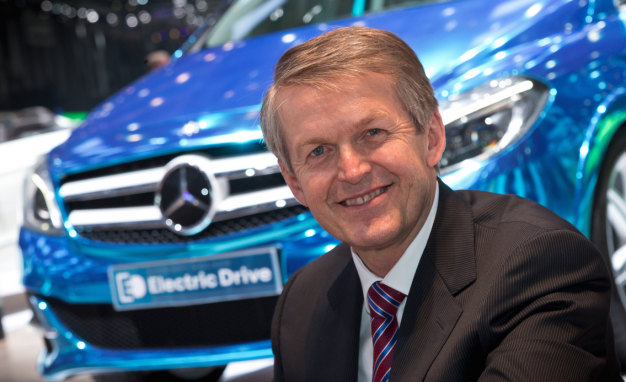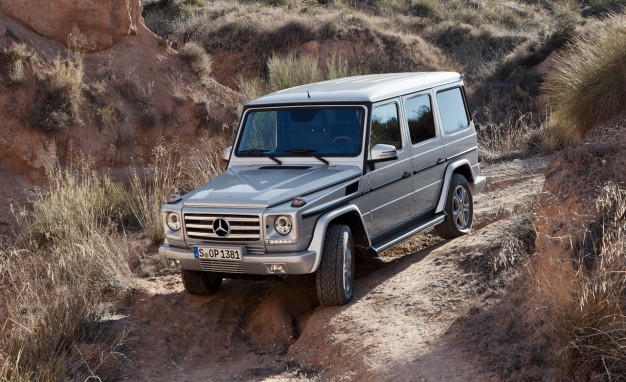
–
We recently sat down with Daimler’s R&D chief, Thomas Weber, who told us that the automaker will continue to produce V-12 engines but won’t do a three-cylinder, that it’s considering a more comprehensive update to the G-class, and that it isn’t interested in a small seven-seat people-mover.
–
C/D: BMW has shown a compact, seven-seat people-mover with its 2-Series Gran Tourer. Will Mercedes have a competitor?
–
Thomas Weber: It’s true that we considered a seven-seater, but we made a clear choice not to do it, and we are sticking with that decision. There are cooler ways to transport more than four or five people. And for us, emotion counts.
–
What are you planning at the other end of the spectrum, with the G-class?
–
We have periodically revisited the idea of ending its production, but this discussion is truly over. The basic concept is established and proven, the only question is how to carry it forward. It’s possible that we will, at some point, put it on a more sustainable technological base. But the G will always remain a true G.
–

–
Can you talk about your powertrain strategy?
–
The path toward downsizing is irreversible. Worldwide, looking at the industry as a whole, more than 90 percent of powertrains will have four-cylinder engines. But as a luxury brand, we will continue to offer eight- and 12-cylinder engines, and we are well established with our four- and six-cylinder engines.
–
Does your four- and six-cylinder engine strategy rely on a single engine architecture?
–
No. Our customers like a variety of models and engines, and we definitely need a large four-cylinder engine, from which six- and eight-cylinder engines will be derived. To build a smaller engine, it would theoretically be possible to “cut off” one cylinder, but such a three-cylinder engine would not even be close to where we would like it from a cost perspective. Moreover, it would not meet our standards for noise and vibration. We have therefore decided to follow a downsizing strategy based on small and large four-cylinder engines.
–
–
- –
- Mercedes-Benz C-class: Reviews, Info, Photos, and More
- 2015 Mercedes-Maybach S600 First Drive: Driving and Being Driven in the Lap of Luxury
- Mercedes-Benz G500 4×4² First Drive: My, What Monstrous Portal Axles You Have
–
–
–
–
–
Will you join forces with other manufacturers to develop battery technology?
–
Within the framework of the NPE (a German platform for e-mobility), we are discussing how to move this important and innovative topic forward. It is definitely possible to harmonize cell formats, material combinations, safety and regulatory aspects—to make things easier for our supplier base and to lower costs. But it becomes more difficult when you look at the whole battery. Every carmaker must optimize their batteries for the specific vehicle package and requirements.
–
Do you see a future for battery-charging stations, as propagated by Tesla?
–
The German auto industry has often been criticized as being too obtuse to pick up on them. But we have studied them intensively and found that many arguments speak against these concepts. We have decided not to follow this approach.
–




